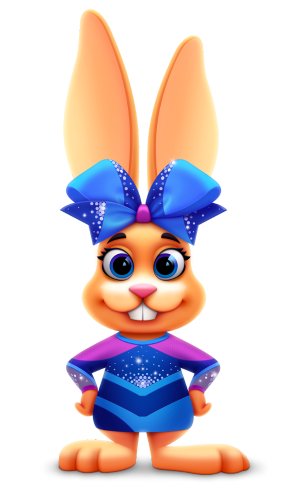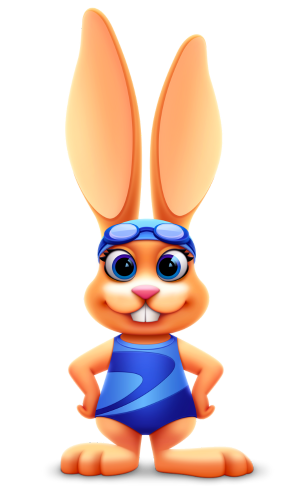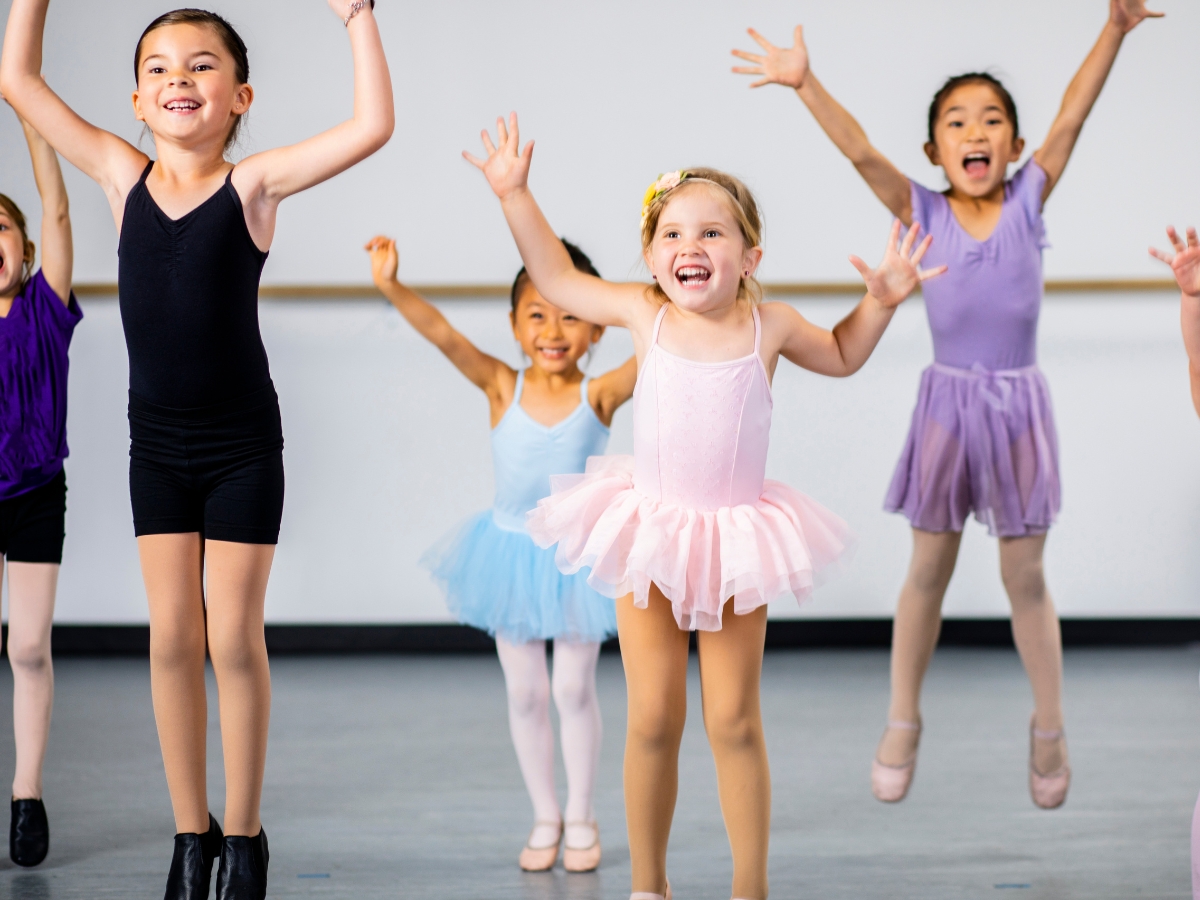“Music and Dance are the Universal language!” Kim Black, Burlington Dance Center
Delivering Music
Her history in the progression of music delivery for her dance classes is one of Kim Black’s favorite topics.
You could say that Kim has seen it all!
- Records
“I go all the way back to records – which I would scratch with the needle!” Teaching little ones with records was tough because you had to put the needle in the right part of the song over and over again. It was very time-consuming.
- Cassette Tapes
Next came cassette tapes. Just a different sort of time waste as records as far as finding the right part of the song: fast forward – back up, fast forward – back up. The only difference is that the tapes could be rewound or forwarded ahead of time (unless you wanted to go back and repeat something in class).
Both of these early music delivery methods soaked up a huge amount of precious class time: lost engagement.
- CDs
And then there were CDs. The biggest issue with CDs was putting them back into the cases. How many CD cases stacked next to the player were empty at any given time. And who knows where the actual CD is?
- Fitbit
Enter the Fitbit. Yes, I said Fitbit. This was one of the most enlightening parts of my conversation with Kim. I hadn’t imagined that a Fitbit could be used to stop and start music. Kim saves gads of time because she can do her music direction from across the room. It’s a complete game-changer!
By the time you add all of the minutes and seconds that walking across the room and starting and stopping music takes, you have at least 3-4 minutes (7%) that you can add to the 45-minute class.
More Time
Just think about it. Something as simple as the device you choose to play your class music can actually give you more time to spend with your students (and with the Center’s owner, Betsy Walker). And isn’t that one of your goals?
Make the Selections
One of the things to think about as you’re selecting music is whether the music grasps your attention and the attention of your little ones. Kim gravitates to these types of music quite naturally. She knows that her tiny dancers must be captured by the songs and begin to move with their rhythms. Kim listens to what may be new in children’s music categories on iTunes. She loves instrumentals and has been a little obsessed with Shannon Reel from the movie soundtrack Leap lately! Her 2-3 year olds were enthralled to the extent that she now uses this song for an entire warm up.
Kim keeps it old school for lots of things – including creative movement music. The toddlers like songs they know: Wheels on the Bus, Give Little Ducks, If You’re Happy and You Know It… I’m lucky that I have found my versions of these favorites that offer more upbeat sounds.
Older dancers – the 4-6 year olds – love to do their free dance at the beginning of class to current music. It’s “their” time to let out energy and have social interaction with the other dancers. There is The Greatest Showman, Jo Jo Siwa, and Trolls – a lot. I will take requests for music for this time but it must fit for the age group. Classical music is perfect for stretching and across the floor exercises. It’s great to use Moana and Frozen to inspire the imagination while working on technique.
Licensing Concerns
The studio owners can join ASCAP to cover licensing for pieces that require it. Some music can be streamed online via Amazon) and – with the right music resources – public domain music can be recorded.
Source: Interview with Kim Black (Burlington Dance Center)













